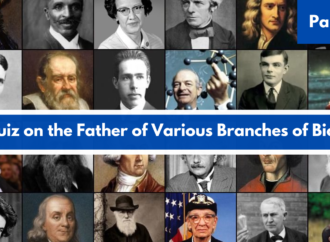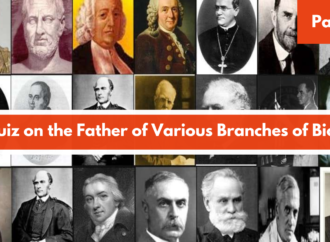Introduction:
As a result of “his visionary program connecting representation theory to number theory,” Dr. Langlands was presented with the Abel Prize in 2018, which is considered to be one of the most prestigious awards that can be bestowed upon a mathematician.
The origins of this ground-breaking endeavor, which is now known as the Langlands Program, can be traced back to a letter that Dr. Langlands wrote to André Weil, a French mathematician, in 1967.
In the letter, Dr. Langlands presented a number of ideas that were still in the process of being developed.
Due to the Complicated Nature of the Langlands Program
It is acknowledged by Wikipedia, which is notorious for simplifying complex concepts, that the Langlands Program is made up of “very complicated theoretical abstractions, which can be difficult even for specialist mathematicians to comprehend.”
The Langlands Program has enthralled the academic world with its ambitious goal of building linkages between two seemingly distant fields of mathematics: number theory and harmonic analysis. Despite its complexity, the program has been able to accomplish this goal.
Number theory and harmonic analysis are the two pillars that need to be thoroughly understood.
Number Theory, Part I
Over the course of several centuries, the study of numbers and the relationships between them, known as number theory, has been an essential component of mathematical investigation.
Among the examples of such interactions are fundamental notions like as the Pythagorean theorem, which states that the sum of a and b is equal to c.
Mathematicians that work in this area are concerned with discrete arithmetic, which includes the study of integers, and they search for the mysteries that are concealed within the realm of whole numbers.
Harmonic Analysis, Part Two
Harmonic analysis, on the other hand, is a branch of mathematics that investigates periodic occurrences and pays particular attention to mathematical objects that are more continuous in character, such as waves.
Harmonic analysts navigate the continuous realm, aiming to grasp the complexities of periodic functions and their applications. Numerous theorists focus on discrete elements, while harmonic analysts are concerned with continuous elements.
The Reason Behind the Langlands Program’s Existence
Attempting to discover significant links between number theory and harmonic analysis is the driving force behind the Langlands Program, which is marked by its daring nature.
The need to bridge the gap between these two distinct fields of mathematics, each of which has its own distinct set of ideas and problems, was the impetus behind the creation of the program.
Abel and Galois in the Context of Modern History
To have a complete appreciation for the Langlands Program, it is essential to have a solid understanding of the historical circumstances that prompted its pursuit.
It was proven by the Norwegian mathematician Niels Henrik Abel in the year 1824 that it is impossible to establish a general formula for the roots of polynomial equations that have a power that is more than 4.
As a result of this limitation, mathematicians who were looking for universal solutions to polynomial problems faced considerable difficulties.
Évariste Galois, a French mathematician, independently arrived at a conclusion that was comparable to the one that was obtained about the same time, although he presented a different method.
It was in the year 1832 when Galois proposed that rather of focusing on specific roots, mathematicians may investigate symmetry between roots as an alternative path.
Through the implementation of this concept, the Langlands Program was able to lay the framework for its goal of revealing significant linkages within the mathematical landscape.
This article is titled “The Enduring Impact of the Langlands Program: A Legacy of Curiosity.”
Mathematicians are known for their persevering curiosity and inventiveness, and the Langlands Program is a monument to both of these qualities.
The visionary pursuit of Dr. Langlands, which was ignited by a letter written more than half a century ago, continues to inspire mathematicians all around the world to investigate the fundamental interplay that exists between number theory and harmonic analysis.

















